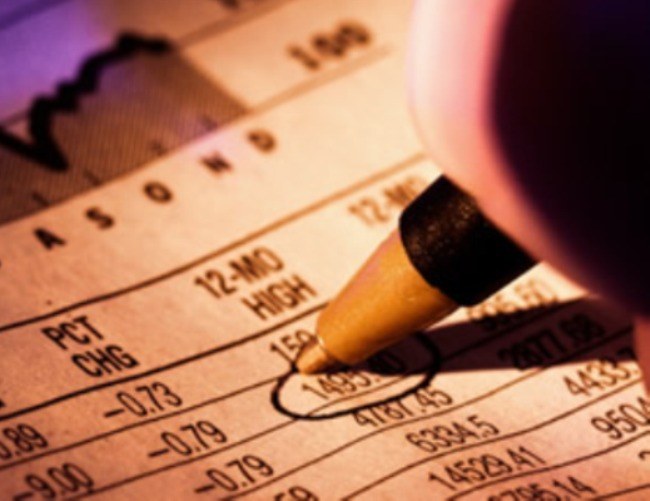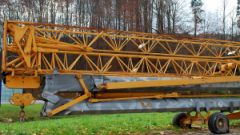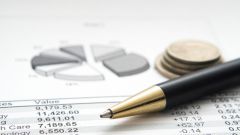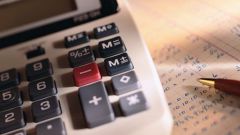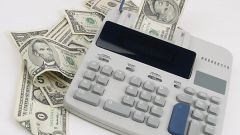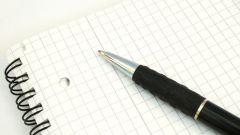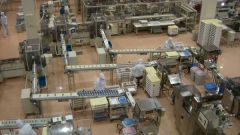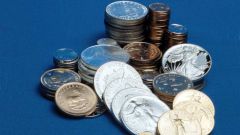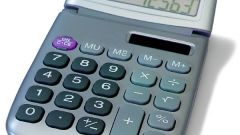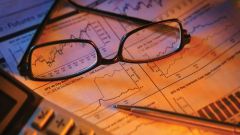The main indicators used for assessing the status of fixed assets, are the coefficient of wear and the coefficient of validity.
Wear is the loss of basic means of their physical, moral and economic properties. Wear also depends on the depreciation groups and codes of the Russian classifier of fixed assets (OKOF). Depreciation is the value expression of the degree of wear of the tools. They are accrued monthly during the calendar year depending on the useful life of fixed assets and included in cost of finished goods, the executed works or the rendered services. This process of return on investment in fixed assets, financial resources of the enterprise.
The wear ratio is calculated by dividing the accumulated amount of depreciation (amortization) at the initial or restorative (revaluation) value of fixed assets. The resulting value can be multiplied by 100%, then the wear will be expressed as a percentage relative to the total number of fixed assets, conventionally taken as 100%. This ratio shows what proportion of fixed assets depreciation and is calculated at the beginning and end of the calendar year.
The ratio of the shelf life of fixed assets is an indicator opposite to the coefficient of wear. It is calculated as the ratio of the initial (recovery) value to the accumulated amount of depreciation (amortization). The result can also be multiplied by 100%. This shows the proportion of the unworn core funds. The indicator is calculated at the beginning and end of the reporting year.
The coefficient of validity can be estimated by deduction of units or 100% of the value of the coefficient of wear. If you add up the coefficients of wear and shelf life, the result is equal to 1 or 100%. For example, the wear rate is equal to 0.3 or 30%, respectively, the coefficient of validity will amount to 0.7 or 70%. The coefficient of validity must exceed the depreciation rate and the percentage to be more than half of the total value of fixed assets.
The enterprise should monitor the degree of deterioration and the shelf life of its key assets, to timely update and upgrade their. Fixed assets in good condition is key for the smooth production process, reduce the cost of finished products and increase profits.
The depreciation factor
Wear is the loss of basic means of their physical, moral and economic properties. Wear also depends on the depreciation groups and codes of the Russian classifier of fixed assets (OKOF). Depreciation is the value expression of the degree of wear of the tools. They are accrued monthly during the calendar year depending on the useful life of fixed assets and included in cost of finished goods, the executed works or the rendered services. This process of return on investment in fixed assets, financial resources of the enterprise.
The wear ratio is calculated by dividing the accumulated amount of depreciation (amortization) at the initial or restorative (revaluation) value of fixed assets. The resulting value can be multiplied by 100%, then the wear will be expressed as a percentage relative to the total number of fixed assets, conventionally taken as 100%. This ratio shows what proportion of fixed assets depreciation and is calculated at the beginning and end of the calendar year.
The coefficient of validity
The ratio of the shelf life of fixed assets is an indicator opposite to the coefficient of wear. It is calculated as the ratio of the initial (recovery) value to the accumulated amount of depreciation (amortization). The result can also be multiplied by 100%. This shows the proportion of the unworn core funds. The indicator is calculated at the beginning and end of the reporting year.
The coefficient of validity can be estimated by deduction of units or 100% of the value of the coefficient of wear. If you add up the coefficients of wear and shelf life, the result is equal to 1 or 100%. For example, the wear rate is equal to 0.3 or 30%, respectively, the coefficient of validity will amount to 0.7 or 70%. The coefficient of validity must exceed the depreciation rate and the percentage to be more than half of the total value of fixed assets.
The enterprise should monitor the degree of deterioration and the shelf life of its key assets, to timely update and upgrade their. Fixed assets in good condition is key for the smooth production process, reduce the cost of finished products and increase profits.
